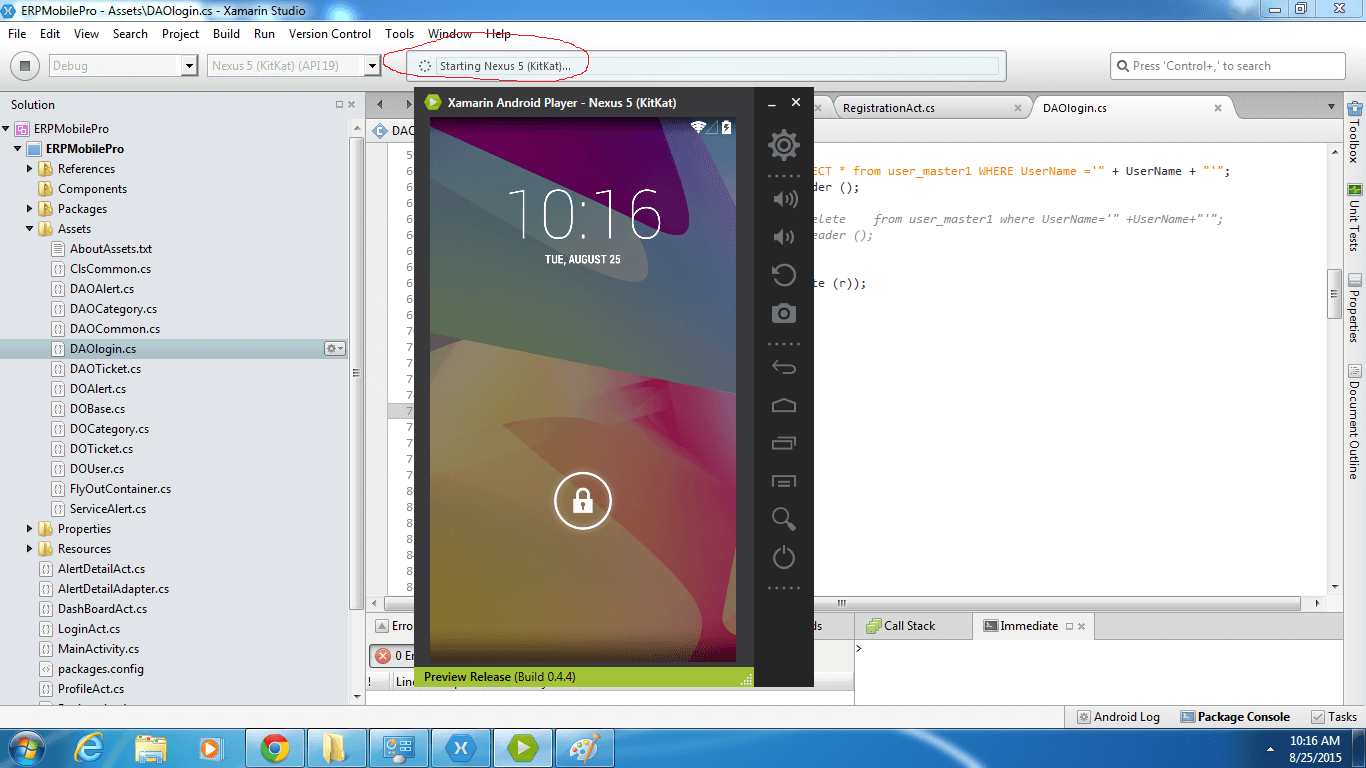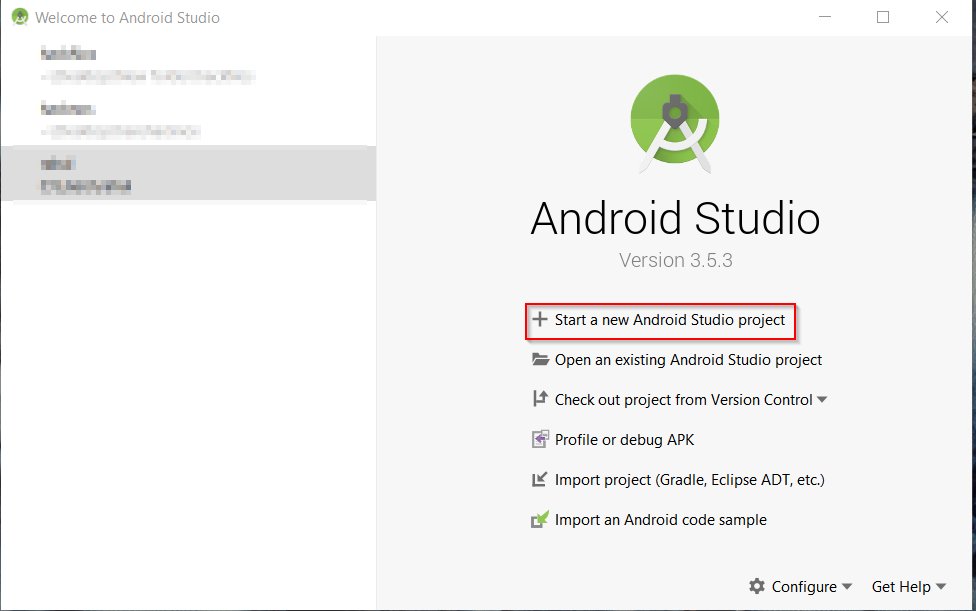
In this section, enter a strong password with which to protect the keystore file into both the Password and Confirm fields. The top section relates to the keystore file. The New Key Store dialog is now divided into two sections. Click on the button to the right of the Key store path field and navigate to a suitable location on your file system, enter a name for the keystore file (for example ) and click on the OK button. In the event that you have yet to create a keystore file, click on the Create new… button to display the New Key Store dialog (Figure 54-4). In the event that you have an existing release keystore file, click on the Choose existing… button and navigate to and select the file.
#DEVELOPER OPTIONS ANDROID STUDIO APK APK#
To create a keystore file, select the Build -> Generate Signed APK… menu option to display the Generate Signed APK Wizard dialog as shown in Figure 54-3:
#DEVELOPER OPTIONS ANDROID STUDIO APK ANDROID#
This is achieved using the Build Variants tool window which can be accessed from the tool window quick access menu (located in the bottom left hand corner of the Android Studio main window as shown in Figure 54-1). The first step in the process of generating a signed application APK file involves changing the build variant for the project from debug to release.

Whilst each of these tasks can be performed outside of the Android Studio environment, the procedures can more easily be performed using the Android Studio build mechanism as outlined in the remainder of this chapter. This is simply a process by which some data files in the application package are formatted with a certain byte alignment to improve performance.

Finally, the application package must be aligned. Secondly, the application must be signed with a private key that uniquely identifies you as the application’s developer. The first requirement is that the application be compiled in release mode instead of debug mode. Building an application package for release to customers via the Google Play store, on the other hand, requires that some additional steps be taken. Up until this point in the book we have been building application projects in a mode suitable for testing and debugging.


 0 kommentar(er)
0 kommentar(er)
